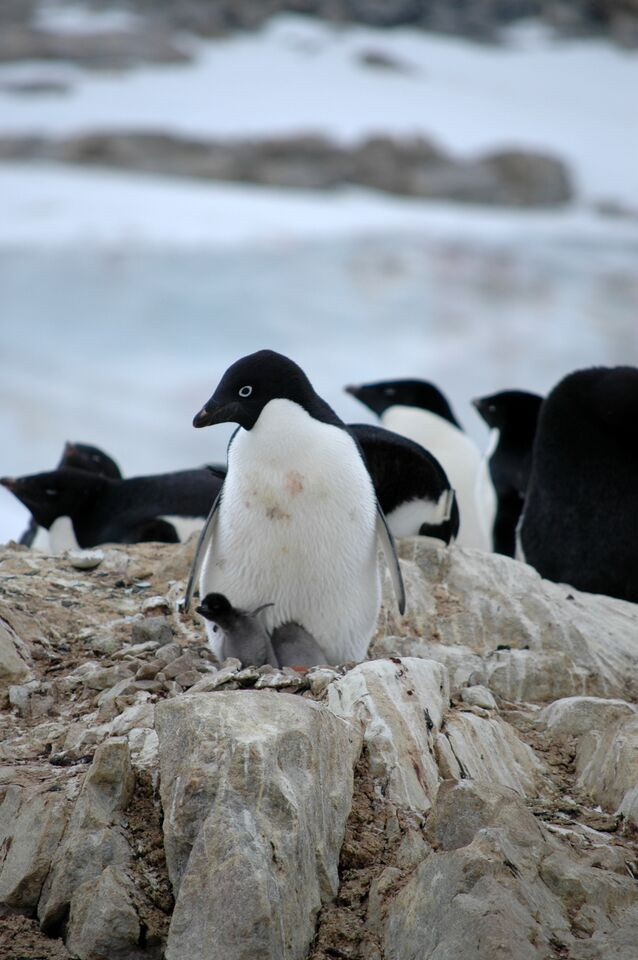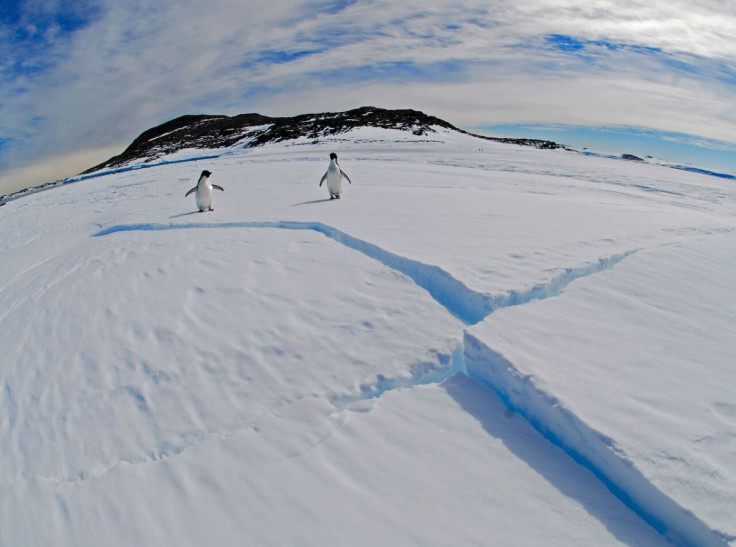Retreating glaciers caused Adelie penguin population explosion over last 14,000 years
Retreating glaciers over the last 14,000 years caused a population explosion among Adelie penguins – a trend that could continue as Antarctic ice shrinks further thanks to global warming. Scientists say the current environmental conditions are far more favourable to the species than colder conditions seen at the end of the last Ice Age.
East Antarctica makes up around 30% of the global population of Adelie penguins. In total, there are estimated to be 1.14 million breeding pairs living there. Over the last 14,000 years, their numbers have increased 135-fold – largely due to the increase in ice-free land along the Antarctic coastline on which they form breeding colonies.
As glaciers retreat further, it is suggested populations should continue to grow. However, this does not necessarily make them 'climate change winners', scientists have warned.

The study by the University of Tasmania, Australia, looked at how Adelie penguin populations have changed over the last 22,000 years by studying mitochondrial DNA from multiple living colonies. They sequenced 56 individuals from six different colonies to find the past population dynamics, including abundance and response to changes in the environment.
The findings, published in the journal BMC Evolutionary Biology, showed that long term population growth was coincident with the deglaciation of East Antarctica and subsequent Adelie penguin nesting grounds. In comparison, success over decadal and yearly time periods was due to changes in sea ice conditions.
Changes to sea ice, the time of its retreat and the extent of glaciation impacts Adelie penguins because of their breeding and feeding habits. An increase in sea ice can lead to adults foraging for longer, reducing how often they are able to feed their chicks. Indeed, in 2013/2014, unusually extensive sea ice compounded with warm air temperatures led to high rainfall. Because the downy plumage of the chicks not being waterproof, the chicks succumbed to the cold and there was a 100% mortality rate.

Lead author Jane Younger said: "Shrinking glaciers appear to have been a key driver of population change over millennia for Adélie penguins in East Antarctica. Examining these birds' responses to past climate change means we can begin to predict how well Adélie penguins will respond in the future. Up to now, research has focused on short-term changes in terms of years or decades, but the climate change that is underway right now is likely to have effects over thousands of years. We need to consider millennial-scale trends alongside contemporary data to forecast species' abundance and distribution changes under future climate change scenarios.
"Adequate food supplies must be available to sustain an expanding population of Adélie penguins. Whether this will be the case in the future remains to be seen, as the impacts of climate change on Adélie penguin prey species, such as Antarctic krill, are unclear at this time."
© Copyright IBTimes 2025. All rights reserved.






















